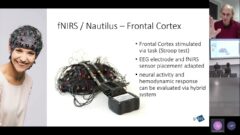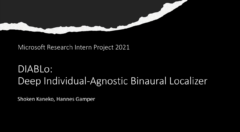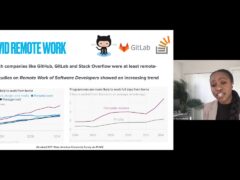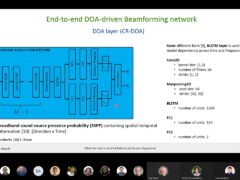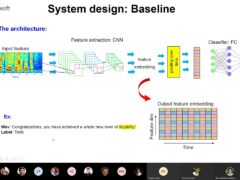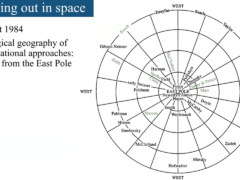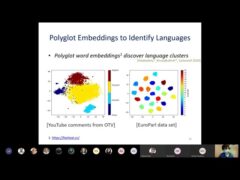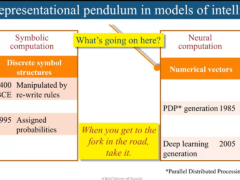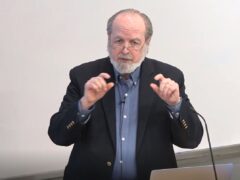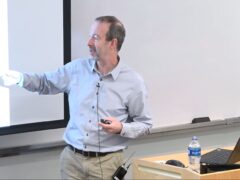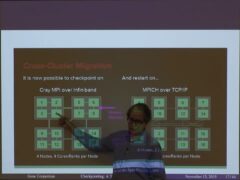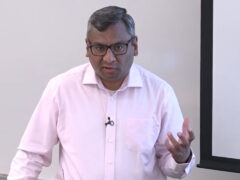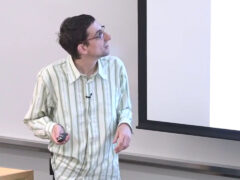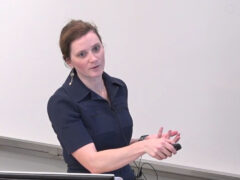Self-Organizing Cellular Automata
Cellular automata display an extraordinary range of behavior, ranging from very simple to apparently chaotic, with many cases in between. Perhaps the most interesting rules are those that yield multiple behavior types from different initial conditions – this is common even for one-dimensional rules started from finitely-supported seeds. If a rule yields chaos from some initial conditions, it is tempting to conclude by analogy with the second law of thermodynamics that chaos should be prevalent from almost all initial conditions. For a certain natural class of rules, we prove that the opposite holds: typical (i.e. random) initial seeds self-organize into predictable (but non-trivial) evolution, while exceptional seeds generate more complicated behavior, including apparent chaos. The key technique is application of percolation arguments to the highly non-independent setting of space-time configurations of cellular automata.
- Series:
- Microsoft Research Talks
- Date:
- Speakers:
- Alexander Holroyd
- Affiliation:
- Microsoft Research
-
-

Alexander E. Holroyd
Senior Researcher
-
Jeff Running
-
Series: Microsoft Research Talks
-
-
-
-
Galea: The Bridge Between Mixed Reality and Neurotechnology
Speakers:- Eva Esteban,
- Conor Russomanno
-
Current and Future Application of BCIs
Speakers:- Christoph Guger
-
Challenges in Evolving a Successful Database Product (SQL Server) to a Cloud Service (SQL Azure)
Speakers:- Hanuma Kodavalla,
- Phil Bernstein
-
Improving text prediction accuracy using neurophysiology
Speakers:- Sophia Mehdizadeh
-
-
DIABLo: a Deep Individual-Agnostic Binaural Localizer
Speakers:- Shoken Kaneko
-
-
Recent Efforts Towards Efficient And Scalable Neural Waveform Coding
Speakers:- Kai Zhen
-
-
Audio-based Toxic Language Detection
Speakers:- Midia Yousefi
-
-
From SqueezeNet to SqueezeBERT: Developing Efficient Deep Neural Networks
Speakers:- Sujeeth Bharadwaj
-
Hope Speech and Help Speech: Surfacing Positivity Amidst Hate
Speakers:- Monojit Choudhury
-
-
-
-
-
'F' to 'A' on the N.Y. Regents Science Exams: An Overview of the Aristo Project
Speakers:- Peter Clark
-
Checkpointing the Un-checkpointable: the Split-Process Approach for MPI and Formal Verification
Speakers:- Gene Cooperman
-
Learning Structured Models for Safe Robot Control
Speakers:- Ashish Kapoor
-
-





